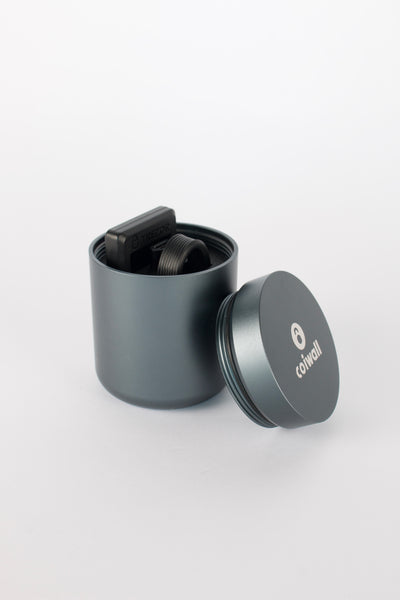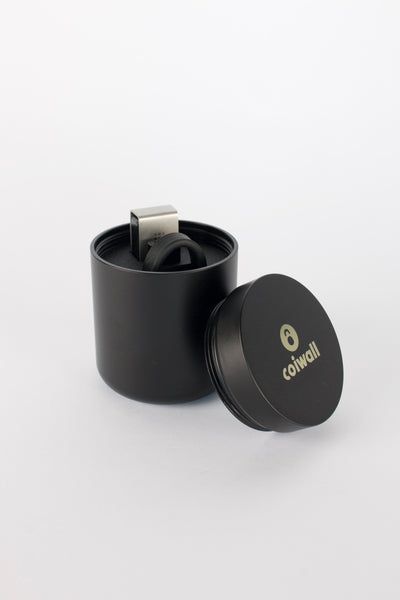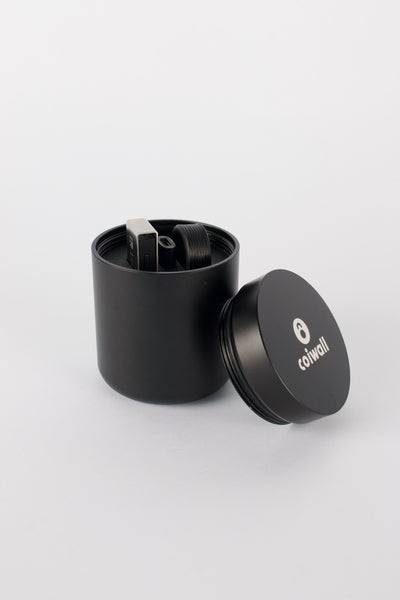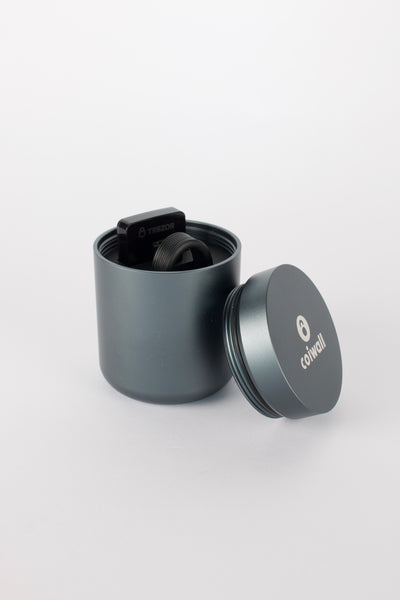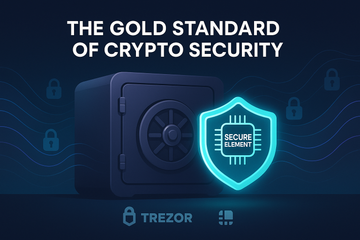In the whirlwind world of cryptocurrency, where tokens rise and fall like the tides, one thing remains constant: the need for security. You've heard the stories, right? Hackers lurking in digital shadows, just waiting for a chance. If you're serious about protecting your crypto assets, you've got to trust the gear you use. And at the heart of that gear? The secure element of a hardware wallet—a small but mighty component ensuring that your digital treasures remain just that: yours.
What's a Secure Element Doing Here?
Let's break it down: the secure element is a tiny chip embedded within your hardware wallet. Think of it as the guardian of your digital fortress, tirelessly working to keep intruders at bay. But wait, there's more to it than just jargon. This isn't your average Joe chip—it’s designed to store cryptographic keys and other sensitive information so securely, it's almost like trying to crack a safe without knowing the combination.
A Peek Inside the Vault
So, what makes this secure element so darn secure? Well, imagine it as a vault that not only locks itself but also self-destructs if someone tries to tamper with it. No joke. The secure element is built with layers of security, including tamper resistance and the ability to execute cryptographic functions in complete isolation. Why all the fuss? Because once your private keys are out there, it’s game over.
But how does it do all that? Here's the thing: the secure element is engineered with both software and physical defenses, making it resistant to a whole suite of attacks—from physical probing to side-channel attacks. It's that blend of the digital and physical realms that makes these chips so trustworthy. They transform your wallet into a fortress.
Big Names, Big Trust: Trezor and Ledger
Let me guess, you've heard of Trezor and Ledger, right? These giants in the hardware wallet world didn’t get their reputations by chance. Both brands prioritize security, and their use of secure elements plays a huge role. Trezor prides itself on its transparent approach to security, wrapping its systems around user trust. Meanwhile, Ledger infuses its products with a secure element directly from the tech industry’s top-tier players. The outcome? Peace of mind for crypto enthusiasts everywhere.
Why You Should Care (Like, Really)
Okay, so the secure element sounds neat—but why should you care? Well, picture this: you've got your life savings in crypto. One slip-up, one wrong click, and everything could vanish into thin air. That’s a lot to leave to chance! These secure elements ensure there’s an additional layer—a serious one—between your assets and the wild west of the internet.
Besides, in a world where terms like 'phishing' and 'man-in-the-middle' are part of everyday vocabulary, a little paranoia isn’t a bad thing. Keeping your private keys safe within a secure element means they’re never exposed, even when you’re transacting. It’s like having a secret handshake that only you and your hardware wallet know.
Are All Secure Elements Equal?
Now, it's tempting to think that all secure elements are cut from the same cloth, but that wouldn't be quite right. While most are designed with high security in mind, the specifics can vary. Some elements are certified to certain standards, like the Common Criteria, which is like having a seal of approval from the security gods. Others may not boast the same level of certification, which is worth considering when you’re in the market for a new wallet.
In the End, What Matters?
At the end of the day, when you're choosing a hardware wallet, you're not just buying a gadget—you're investing in peace of mind. Secure elements are like your wallet’s insurance policy, offering reliability and protection in unison. Are they perfect? No technology is, but they bring you one step closer to ensuring your assets are in safer hands than your laptop alone could provide.
In this digital age, the right choice in security could mean the difference between sleeping soundly and losing sleep over potential threats. So next time you think about your crypto holdings, know that that trusty little secure element in your hardware wallet is working overtime to keep your investments... well, yours.

